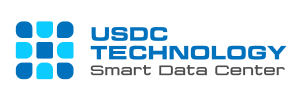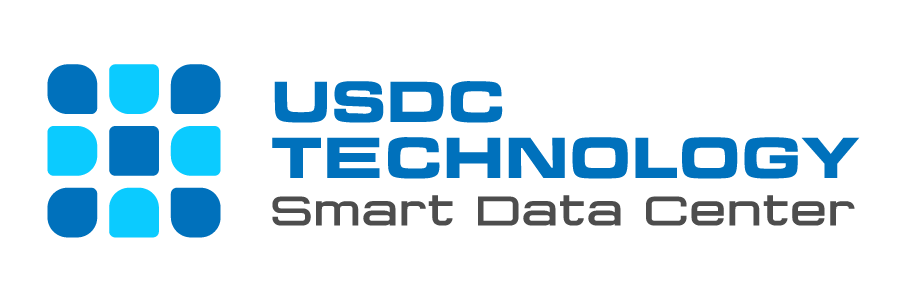Economic growth based on digital technologies and databases is expected to spearhead Vietnam’s sustainable and inclusive development amid growing global uncertainties. Digital sustainability is no longer an unfamiliar term in the digital transformation strategy of each enterprise in Vietnam nowadays. USDC Technology totally understands its crucial importance and is always willing to be a partner with Vietnam’s companies in thriving digital sustainability.
Before we get to know the way of improving it, let’s find out what it exactly is. Digital sustainability is an approach that harnesses one of the most powerful forces for societal change, namely digitalization, to deliver what we need and want in a sustainable way. Further, it represents a 21st-century tool for discussing, reflecting on, and assessing our real individual and societal needs and wants. It is the means by which digitalization, as a key part of the fourth industrial revolution, can deliver on global sustainability goals.
In this blog, we would like to share really stimulating guidance from Uptime Institute’s experts about how to improve IT’s efficiency for digital sustainability.
IT equipment consumes the maximum energy in an organization’s critical digital infrastructure. Sustainability reports from Uptime Institute show that most operators primarily focus on improving the efficiency of facilities systems while not paying much attention to the IT infrastructure.
IT infrastructure possesses a huge opportunity for data center efficiency improvements. In a data center with a power usage effectiveness (PUE) of 1.65, the IT equipment represents 61% of the power demand, while it is 91% in a data center with a PUE of 1.1. The percentage of energy consumed by the IT equipment is measured by the data center infrastructure efficiency (DCIE) metric which is the inverse of the PUE. As PUE decreases, energy usage by IT systems becomes more dominant. See the figure below.

Servers are responsible for the majority of the data center energy consumption. Storage products, on the other hand, have a comparatively lower energy use profile. Refer to the following figure.

Uptime’s recommendations to IT operators for improving IT efficiency
- The most effective way to minimize data center energy consumption is through improved IT equipment utilization and efficiency.
- The digital infrastructure industry has a significant opportunity to improve IT efficiency in their organization’s owned, colocation and cloud operations.
- Energy efficiency must become the fourth pillar of operational focus with the same importance as performance, resiliency, and reliability.
- Consistent IT metrics must be used across the owned, co-located, and cloud-based IT operations.
- Look into the internal operational metrics through a sustainability lens for identifying readily available sustainability metrics.
- Operators must define the IT sustainability metrics that are suitable for their operations and their customer’s interests.
- IT efficiency metrics must be included in sustainability reporting.
- Make use of opportunities to utilize purpose-built power management profiles for saving energy while managing performance and latency impacts within a workload’s SLA criteria. You can achieve energy savings of up to 50% by optimizing the use of virtualization and power management functions.
- Collaborate with other digital infrastructure operators for developing and testing different IT efficiency metrics to identify and promote a set of simple metrics for assessing the efficiency of IT operations.
- External people see data centers as one single structure. Therefore, IT tenants and the colocation operators have to work together to make sure that the data center is sustainable. Else, regulatory agencies might make them do it.
- Operators must make sure that sustainability requirements and data needs in colocation and cloud contracts are addressed.
——————————
Sources:
- https://www.dailyhostnews.com/improving-it-efficiency-for-digital-sustainability


